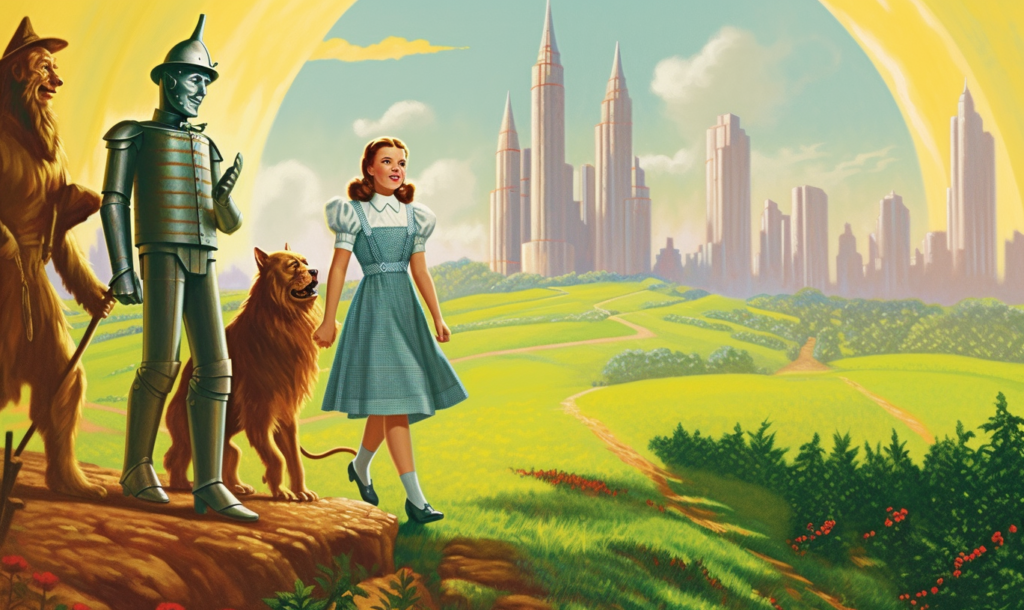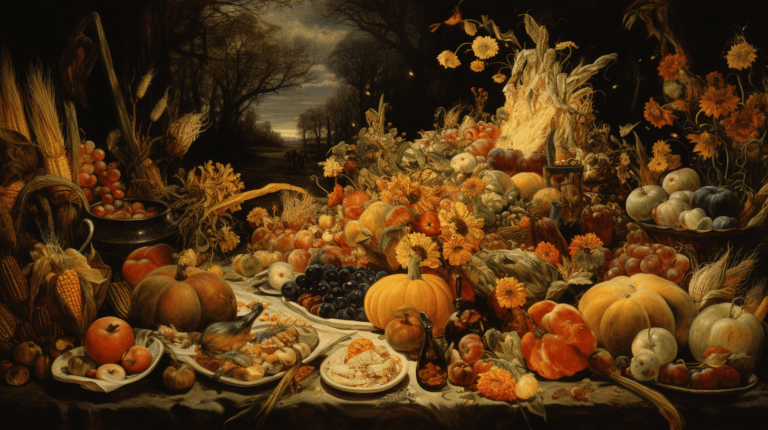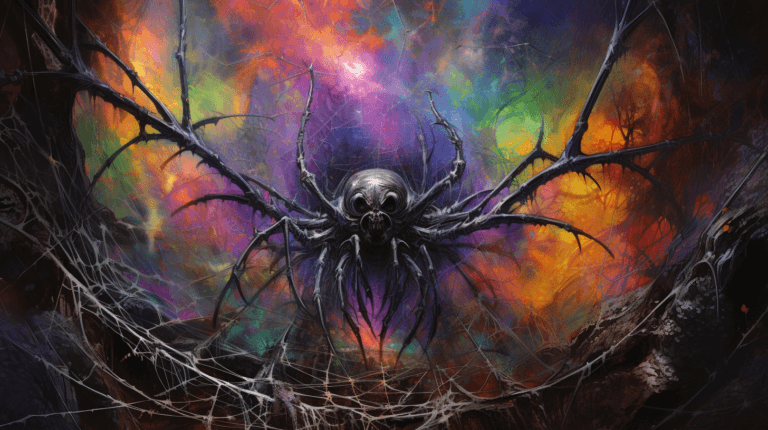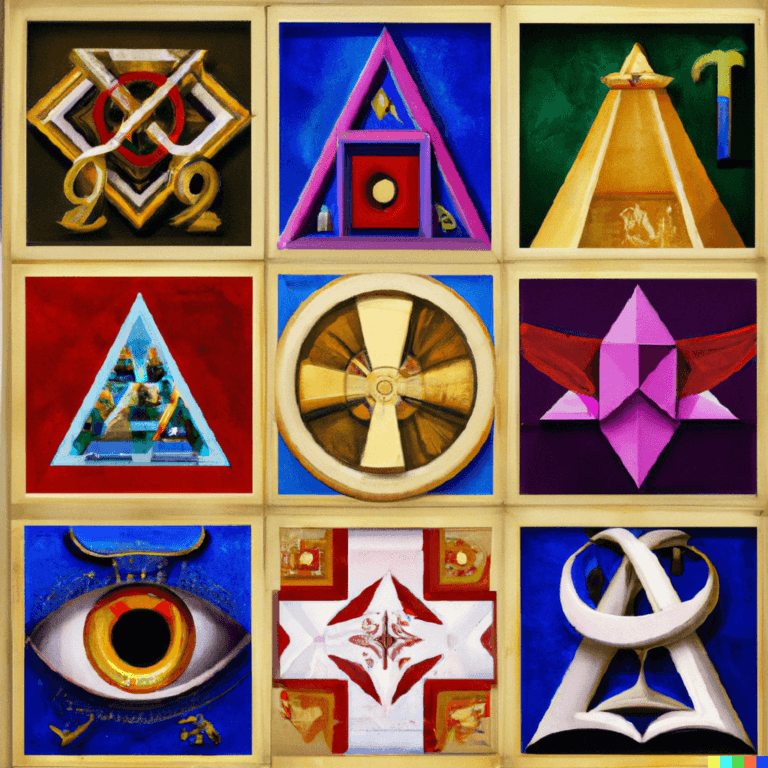The Alchemy and Hermeticism in the Wizard of Oz Books by Baum
Introduction : “We’re off to see the Wizard!”
L. Frank Baum’s beloved Wizard of Oz books have captivated readers for over a century with their magical adventures and whimsical characters. Beyond their enchanting narratives, the series subtly incorporates elements of alchemy and hermeticism, esoteric philosophies that delve into the transformation of the self and the pursuit of hidden knowledge. In this article, we will explore the presence of alchemical and hermetic symbolism in Baum’s literary masterpiece (and of course is reflected in the movie version as well!)
The Alchemical Quest:
Alchemy, an ancient practice with roots in Hellenistic Egypt, aimed to transform base metals into gold while also seeking the transformation of the alchemist’s own being. This pursuit of transmutation and self-realization is mirrored in Dorothy’s journey through the land of Oz. Initially, Dorothy’s world is monochromatic and mundane, but upon her arrival in Oz, she encounters vibrant colors, magical creatures, and a variety of challenges that mirror the alchemical stages of transformation.

The Four Elements:
One of the fundamental aspects of alchemy is the belief in the four elements: earth, air, fire, and water. These elements are represented through the characters and settings in Baum’s books. Dorothy, symbolizing the earth element, represents stability and grounding. The Scarecrow, embodying the air element, symbolizes intellectual pursuits and logic. The Tin Woodman, associated with the fire element, represents passion and emotion. Finally, the Cowardly Lion, embodying the water element, symbolizes emotions and intuition. Together, they represent the holistic balance of the elements.
The Emerald City:
In alchemical traditions, the philosopher’s stone is often depicted as a precious gem. In Baum’s books, the Emerald City serves as a metaphor for the philosopher’s stone, representing enlightenment and spiritual transformation. The city’s radiant green hue, symbolizing renewal and growth, highlights the alchemical quest for inner wisdom and self-discovery.

The Yellow Brick Road:
The yellow brick road, leading Dorothy to the Emerald City, represents the alchemical path or the “way of the pilgrim.” Similar to the spiritual journey of the alchemist, the road is filled with trials and tribulations, enabling Dorothy to learn valuable lessons about herself and the world around her. Each encounter with the peculiar inhabitants of Oz adds a new layer of understanding and contributes to her personal growth.
The Great and Powerful Oz:
The enigmatic Wizard of Oz can be interpreted as a representation of the hermetic principle of “as above, so below.” Like the alchemical concept of the macrocosm reflecting the microcosm, the Wizard appears mighty and authoritative on the surface but is later revealed to be a vulnerable and ordinary man behind the curtain. This revelation emphasizes the idea that true power and wisdom lie within oneself rather than in external authorities.
Conclusion:
L. Frank Baum skillfully weaves elements of alchemy and hermeticism into the Wizard of Oz books, transforming them into more than just children’s tales. Through Dorothy’s journey and the symbolism found within the characters, settings, and themes, Baum explores the themes of self-discovery, transformation, and the pursuit of hidden knowledge. The alchemical and hermetic motifs add depth and richness to the narrative, engaging readers of all ages and inviting them to embark on their own transformative journeys within the pages of the Emerald City.







